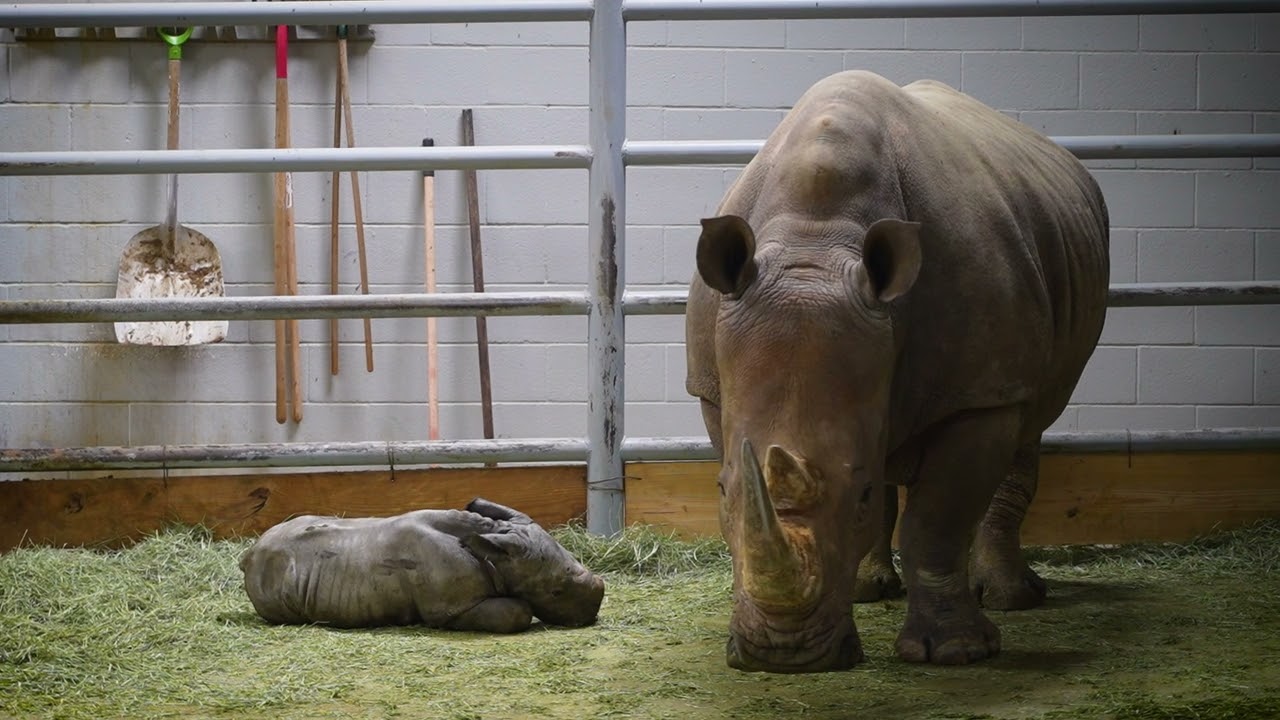- Exploring the vision and objectives of Growing Into 2025 in wildlife conservation strategies.
- The role of zoology and zoo management in supporting conservation goals.
- Implementing innovative practices and technologies for sustainable wildlife habitats.
- Educating communities and fostering public engagement in conservation efforts.
- Strategies for addressing climate change impacts on wildlife sustainability.
The initiative, Growing Into 2025, represents a forward-thinking approach in conservation, combining the latest zoological research with community involvement. This ambitious project aims to create a future for wildlife conservation that is sustainable, innovative, and supported by scientific advancements. As we delve into the core principles of this initiative, we explore its significant impact on the way zoos and conservationists worldwide are rethinking their strategies.
The initiative focuses on comprehensive conservation strategies, which emphasize the protection and preservation of biodiversity, safeguarding endangered species, and nurturing ecosystems. Its objectives are clear and robust: enhance biodiversity conservation, support endangered species, and develop innovative solutions that stakeholders from diverse backgrounds can implement. By 2025, the goal is to have measurable improvements in wildlife populations and their habitats. Specific action steps include creating detailed habitat assessments, expanding breeding programs, and integrating advanced conservation technologies such as AI and remote monitoring systems.
In the field of zoology, these efforts have far-reaching impacts. Zoology is crucial in understanding species’ behaviors, reproductive patterns, and ecological needs, which informs effective conservation plans. Furthermore, the initiative sees zoos as vital in conservation, serving as living repositories of biodiversity and education centers. Growing Into 2025 strives to revolutionize zoo management, steering them toward roles that prioritize conservation education and species recovery efforts. Zoos are being re-envisioned as active participants in conservation biology, with specialists engaging in research that informs global conservation policies. Innovative practices within zoos focus on enriching animal habitats, enhancing genetic diversity, and improving animal welfare standards through sophisticated medical and diet plans.
As we look at the technological advancements within the Growing Into 2025 project, the role of technology becomes even more evident. Utilizing geospatial data, remote sensing, and AI-driven analytics can greatly enhance our understanding of animal movements and habitat utilization. These technologies aid in mapping out critical habitats and identifying threats like poaching, deforestation, and climate change. By harnessing big data, conservationists are better equipped to make informed decisions swiftly, significantly improving response times to environmental changes and threats.
Public engagement is another cornerstone of the Growing Into 2025 initiative. Educating communities and advocating for a collaborative approach to wildlife conservation are essential to creating supportive environments for conservationists. Engaging the public involves utilizing modern communication channels to disseminate knowledge and foster an emotional connection to wildlife. Conservation education programs, workshops, and interactive zoo exhibits aim to stimulate curiosity and awareness, inspiring more people to participate in local and global conservation efforts. Furthermore, involving local communities in conservation actions fosters stewardship and empowers them to protect their natural heritage.
Facing climate change is perhaps the most daunting challenge addressed by Growing Into 2025. Climate change poses serious threats to wildlife through altered habitats, food scarcity, and changing weather patterns, compelling conservationists to adapt their methods continuously. Strategies to mitigate these effects include creating climate-resilient habitats, enhancing species’ adaptability through genetic studies, and restoring native landscapes to increase habitat connectivity. By addressing climate-related threats, Growing Into 2025 aims to buffer wildlife populations against these impacts, ensuring long-term survival.
By integrating zoological research, technology, and community engagement, Growing Into 2025 represents a multifaceted approach to wildlife conservation. Its strategic vision aims to foster a balance between preservation and sustainability, engaging stakeholders at every level. This initiative stands at the forefront of conservation, inspiring efforts everywhere to create a viable future for our planet’s wildlife. Through the effective synergy of science, education, and policy, Growing Into 2025 serves as a beacon of hope for navigating the intricate path of conservation in a rapidly evolving world.
*****
Source Description
What a year it has been, and there’s plenty on the horizon. Cheers to 40 years! 🥂


